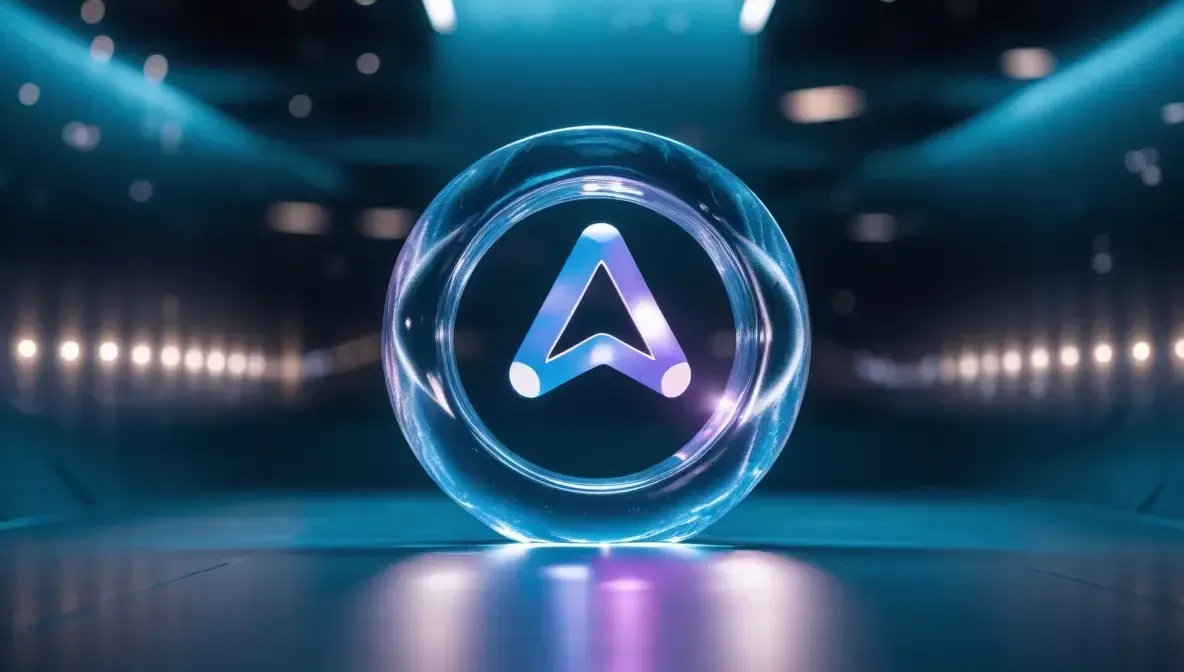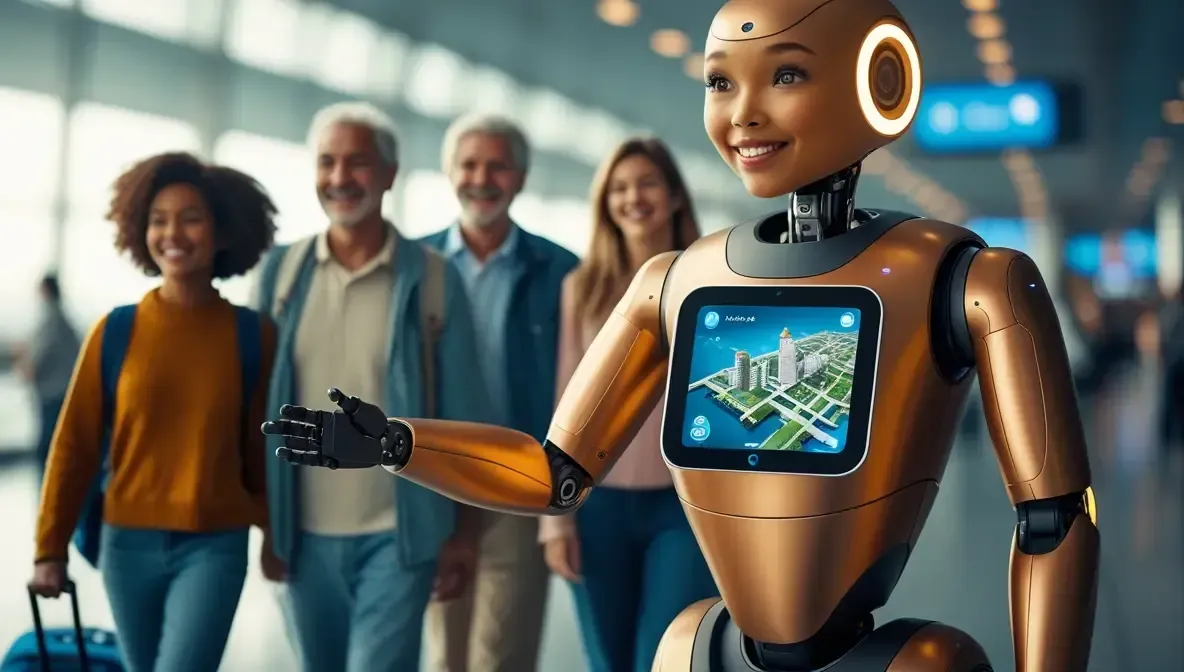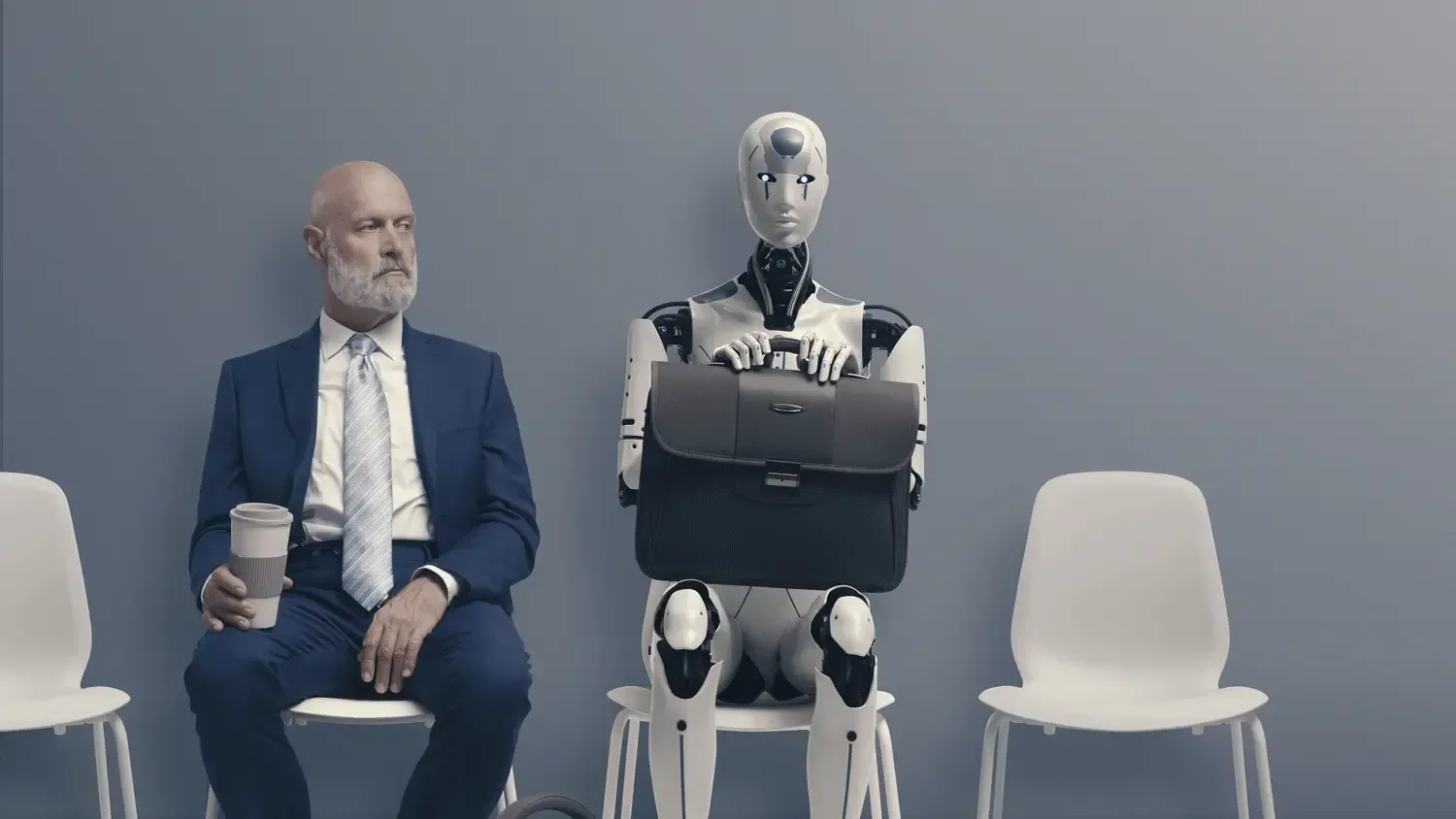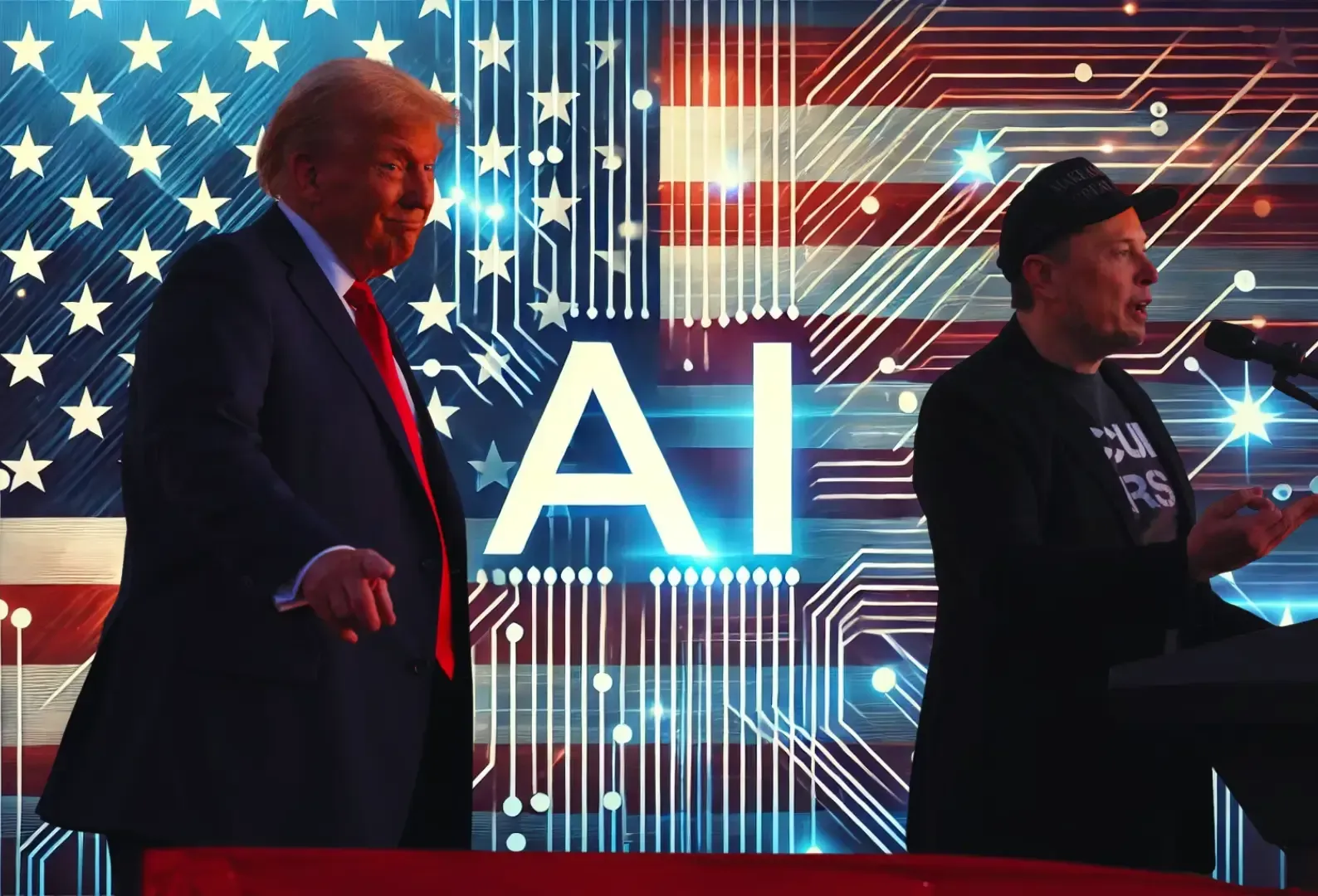The Benefits & Risks of Generative AI
June 14, 2023
What is Generative AI?
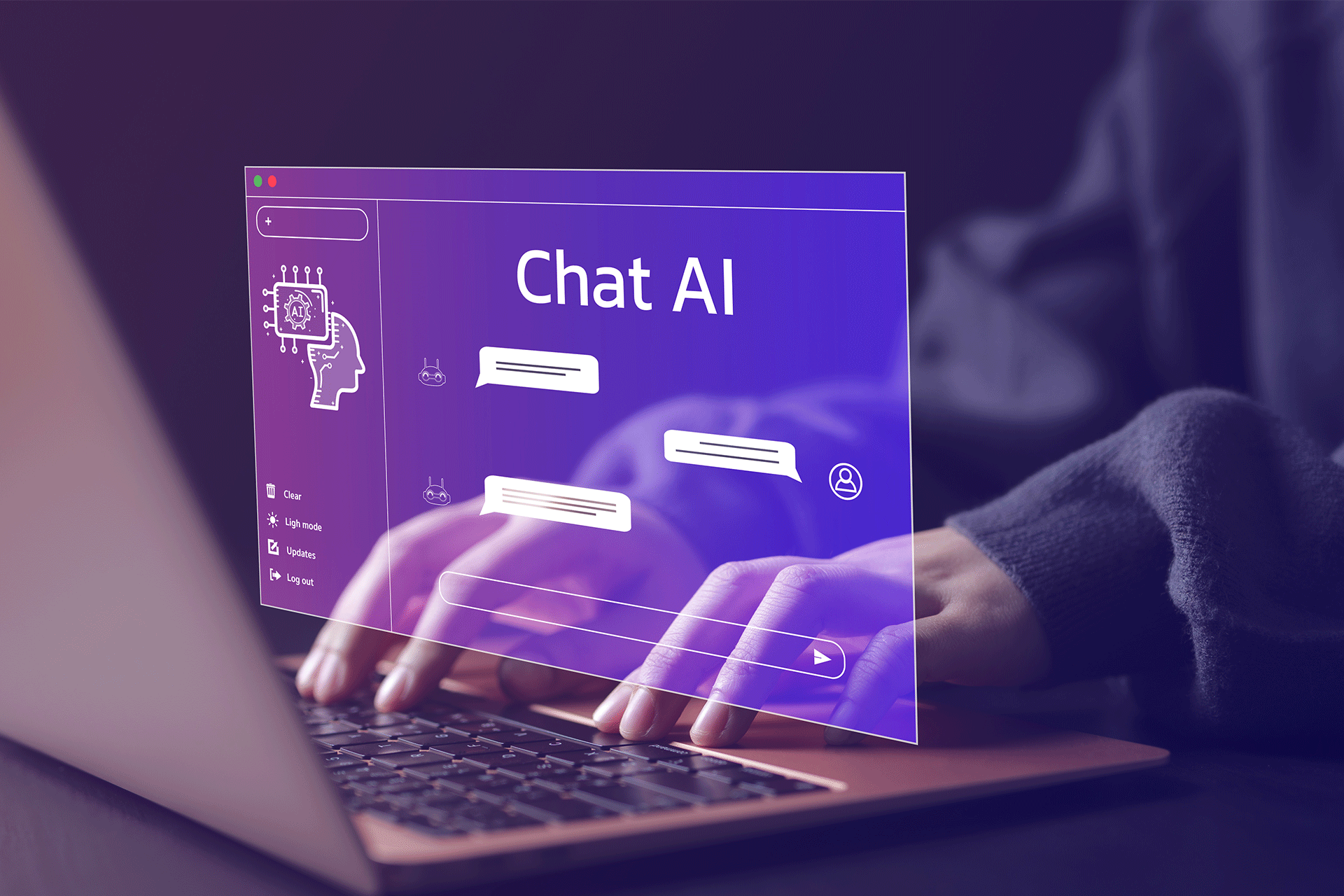
Generative AI is revolutionizing the way we interact with technology. From language-generating bots to image-creating models, this innovative form of artificial intelligence allows us to do things once thought impossible.
Generative AI video
But what exactly is generative AI, and how does it work?
In this blog post, we'll examine what generative AI is, explore some of its most exciting applications, and discuss potential risks.
Generative AI is a type of artificial intelligence that uses algorithms to generate new data from existing data. This could include generating images, text, or other types of media based on given parameters.
Generative AI differs from traditional machine learning because it does not rely on labelled or supervised data sets for training and can create its outputs based on a given input.
What is Dall-E?
One of the most prominent generative AI models is OpenAI's Dall-E. This deep learning system uses natural language processing (NLP) to generate images based on text descriptions. For example, entering the text "a cute dog wearing a tie" into Dall-E will create a picture of a dog wearing a tie. This type of generative AI has a wide range of potential applications, including creating art, automating design tasks, and generating data for machine learning models.
What is ChatGBT?
ChatGPT
is another popular generative AI model developed by OpenAI. Unlike Dall-E, ChatGPT is designed to generate text output based on user input. This model uses natural language processing (NLP) to create user conversations. ChatGPT can create chatbots, generate website content, or even converse with people.
Key benefits of Generative AI
Generative AI has a wide range of potential benefits, including improving efficiency and accuracy in traditionally labour-intensive tasks, such as data processing and analysis. Generative AI could also help bridge the gap between human and machine creativity by enabling machines to generate original art or other creative content.
Key risks of Generative AI
However, there are some potential risks associated with generative AI as well. For example, if a generative AI model is trained on biased data sets, it could produce offensive or inaccurate content. There is also the risk that malicious actors could use generative AI to create counterfeit products or engage in online fraud.
In conclusion, generative AI is an innovative form of artificial intelligence with many potential applications. However, there are some risks associated with its use that should be taken into consideration.
AI BLOG
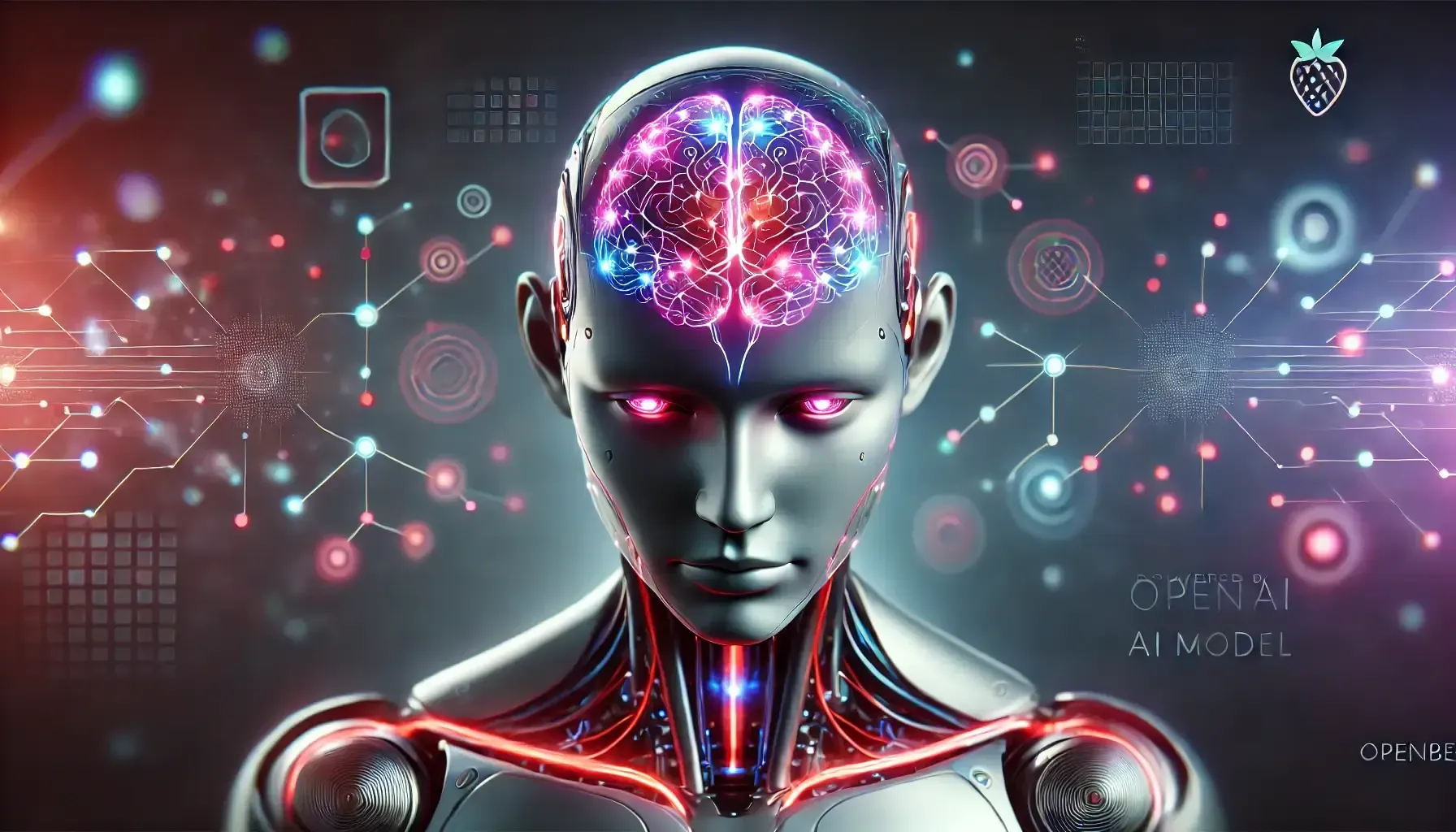
The AI landscape is experiencing a seismic shift with the launch of OpenAI's O1-Preview and O1-Mini on September 12, 2024. Known internally as Project Strawberry, these models are being hailed as game-changers, poised to revolutionise the industry with their advanced reasoning and analytical power, setting a new standard for AI innovation.
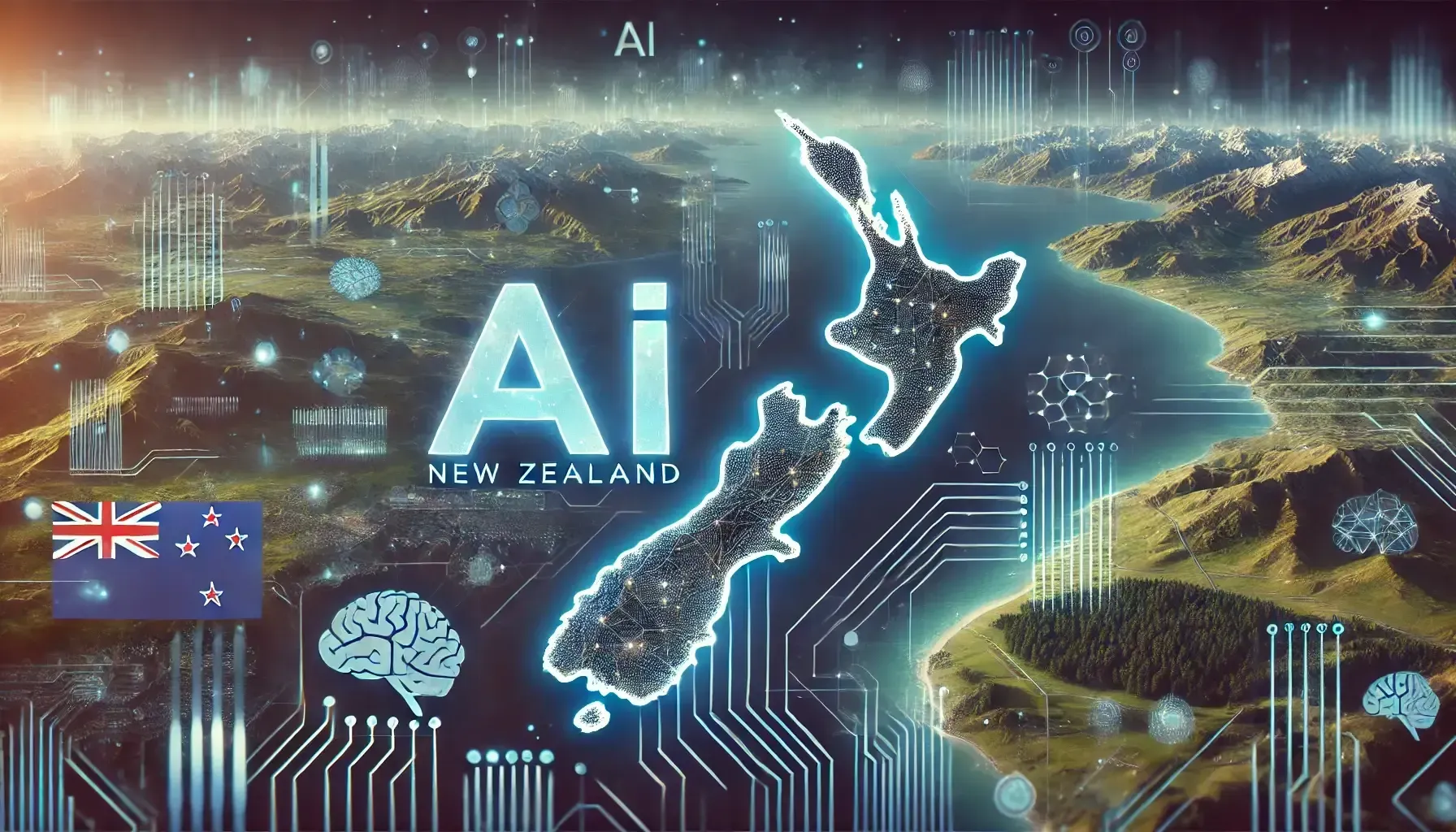
Can New Zealand Follow Singapore’s AI Education Lead to Reverse the Productivity Decline? As AI investment soars into the trillions, workers skilled in AI are outpacing those who aren't. How can we prepare our workforce to embrace the AI revolution, boost productivity, and overcome the fear of change?

In today's business world, where digital transformation drives success, Artificial Intelligence (AI) is an essential asset. It's crucial not just for staying competitive but for survival. AI is more than a tool; it's a revolutionary force that enhances operations, enriches customer experiences, and positions businesses for future growth. As Sun Tzu famously stated 2,500 years ago, "Strategy without tactics is the slowest route to victory. Tactics without strategy is the noise before defeat."
